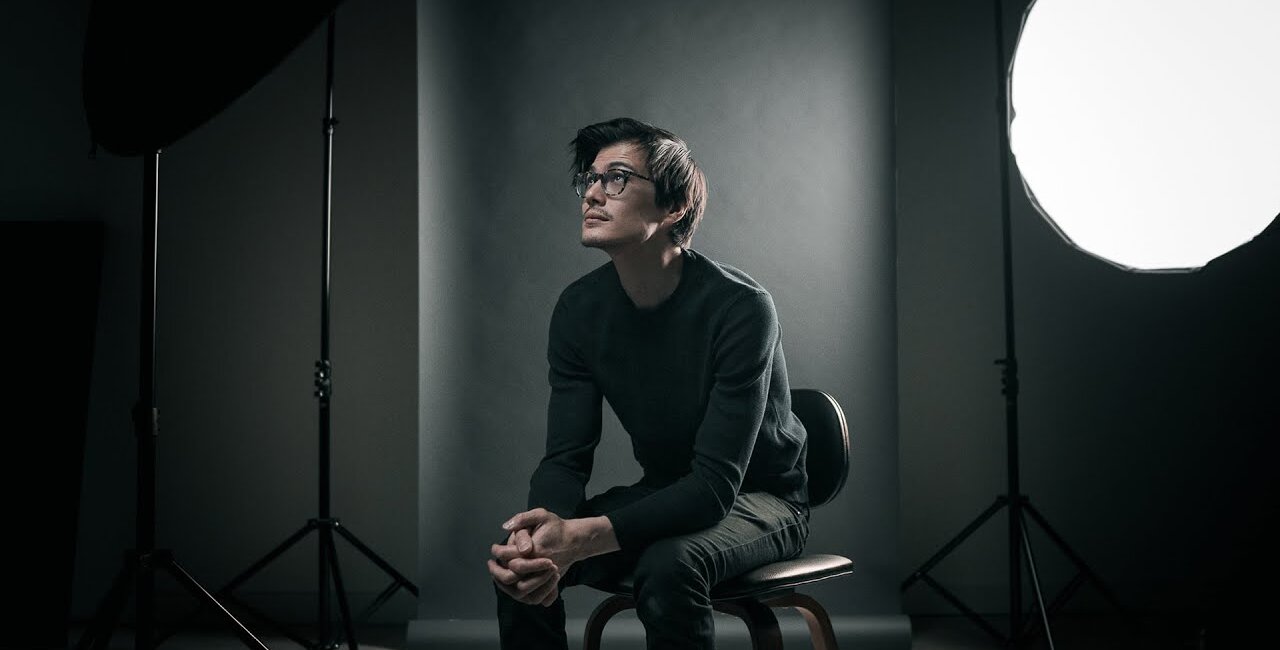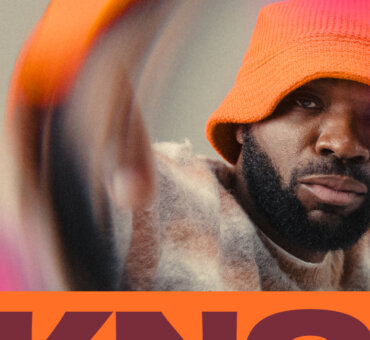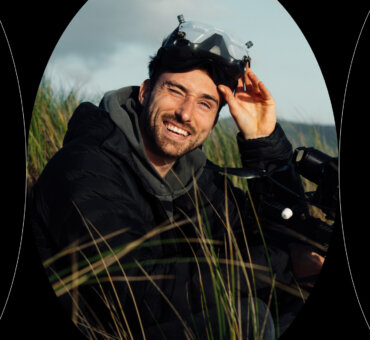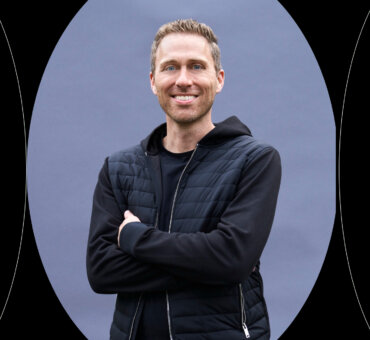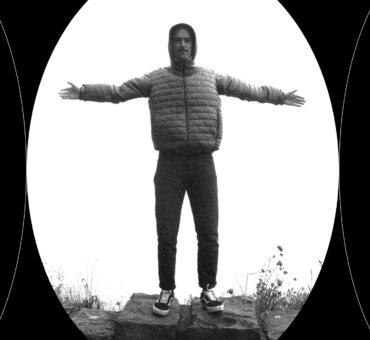In Episode 2 of YouTube Masters — an educational series from leading creators, for creators — photography and videography duo Becki + Chris break down the storytelling aspect of filmmaking. Watch as they give a behind-the-scenes look into their creative process, and show how to draw from your life experiences to create a compelling story for your viewers.
We’re Becki and Chris from the YouTube channel, Becki and Chris. We make lifestyle vlogs, helicopter videos, home decor videos, photography and video tutorials, FPV drones. We don’t really have a niche, but we do like telling stories.
We published a short film on our YouTube channel called The City That Changed Our Life and the film is a bit about the perception of one’s life through the lens of social media.
We’re going to take you start to finish on how we created that entire film and hopefully by the end of this video you guys will have a better insight into what our process looks like for creating videos for YouTube.
Chris: For The City That Changed Our Life, we actually drew from our own experience. In a nutshell, we moved from St. John’s, Newfoundland on the East coast of Canada, all the way to the West coast of Canada in Vancouver. We went there because I had to finish a final year of training for my job. I had a job lined up to come right back home to Newfoundland.
Unfortunately, while we were there, that job offer got revoked. The overall theme was that my extracurricular activities appeared to outweigh my dedication to my primary profession. A lot of that, I think, was based on what people back home perceived through social media.
That was kind of the impetus to make this film. To really show people that all is not lost. And even though it seems like a dark time, there’s always a silver lining.
Becki: Chris and I actually went back to Vancouver for the first time in four years.
Chris: We didn’t plan on making that piece until we were flying in on our approach into Vancouver.
Becki: I was crying and I thought, “I think we need to make a video”. Now you know why we made it and what happened to us. Let’s get into the actual making of the film.
The first thing we’re going to talk about is the story. Every good story has a beginning, middle, and end. So what does that mean?
The beginning is kind of a tease of what’s happening during that video. The middle is the plot, so as the story progresses, what’s happening. And the end, or the conclusion, is how that story wraps up. That’s the recipe for a good story.
Chris: Part of all of those pieces – the beginning, the middle, the end – should be an overall takeaway or a “lesson” that you learned, or that your viewer learned, and in this video the two points that we were trying to drive home were, 1) That your life in reality is far different than what it looks like on social media and 2) That good things can happen from the darkest of times in your life.
The Storyboard
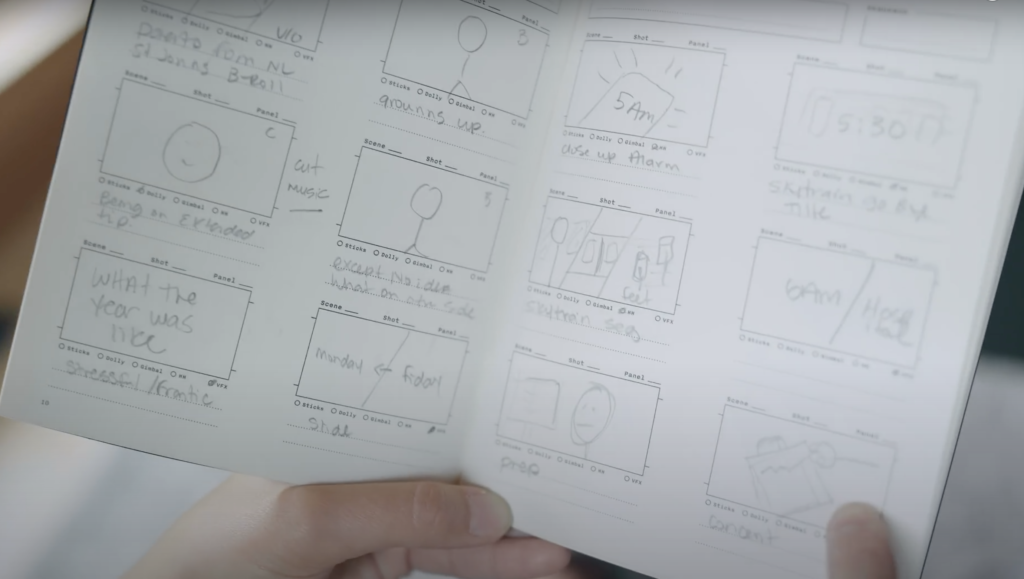
Becki: Writing a short focus statement for this film really helped us get our ideas together. We had our story figured out and what the takeaway was – the next thing that we did was develop a storyboard. We wrote a couple of rough notes about what the video was going to be about, a few talking points, and then I drew out a really terrible storyboard on how that story was going to flow from start to finish.
As long as you understand the storyboard, that’s all that matters…I referenced this storyboard a lot when I was putting together the [day-in-the-life] sequence. I couldn’t remember exactly what I wanted to put where, so being able to reference this knowing — I need a close-up of consent…I knew I needed to shoot that. Same with when I put the lines on one frame, [I knew] that it was going to be a multi-clip sequence. I knew that I didn’t need only one clip, I needed three to five clips for the sequence to make that work.
Chris: When you’re developing a storyboard, you don’t have to be a world-class artist. It doesn’t have to be representative of what the final product’s going to look like. It’s really just to kind of get a rough outline of the types of shots that you need.
The Narrative
Becki: Next comes the narrative. This is not something we do all the time, but it’s something that we did for this video.
Chris: We finished the storyboard and then we went back and referenced the talking points and created a voice over narrative or script, then used that to fill in the gaps and to pull the viewer through the story.
If you haven’t seen the video, there’s a drone sequence – a continuous shot of an FPV drone – and there’s a voice over that’s timed perfectly with the events that are going on in that shot. For that we obviously had to script it and it made it a lot easier.
Becki: Of course the vlog portion of the video was completely freestyle – no talking points or anything. It was just straight-up documenting.
The Rough Edit
Becki: Next thing that we did was put together the rough edit. I culled through a year’s worth of footage and I had my storyboard to guide me along, so I knew what clips I needed. We didn’t know that storytelling was important, so we filmed absolutely everything. I had my own custom library of stock footage. I needed a shot of Chris walking with his medical bag – had it. Unlocking the apartment door – got it. Multiple angles of the skytrain – the train coming straight on, the train coming sideways, detail shots – I got all of them. I pulled all of those clips into folders and I labeled all those folders. So everything in the project is organized by either date, camera, or scene.
Chris: Now we understand that not everybody has been documenting their life. At this point, then you’re going to have to compile a shot list and your storyboard will aid in that.
Becki: On to the rough edit. We started assembling the film by putting together these mini-sequences and the main sequence of the film was that day-in-the-life sequence.
Chris: That was the setup for the viewer to show them what life was really like and what life was like on the internet and that setup the conflict where somebody would take that and misconstrue it.
Becki: Once we had a rough edit together, we realized that some of the scenes needed some more abstract b-roll. We can’t go to the hospital and shoot these scenes, so we decided to shoot them here in the studio. We just did close up, abstract shots to represent what [Chris] was feeling during the day-in-the-life sequence.
The Music
Chris: So next, is the music. A lot of people wonder do you pick your music first? Or do you pick it after? I don’t think there’s really a right or wrong approach. For us, we usually pick it after because we’re looking for a certain feeling.
Becki: Going back to that day-in-the-life sequence, again we’re talking about that a lot but that was the main part of the video, we wanted something that was going to be frantic, high-stress, and fast-paced, so we looked for a track to match that.
Secondly, looking at that FPV clip, we wanted something that was cinematic, emotional, and that had build, and we wanted that to cut into a song that was a little more upbeat that matched what was being said in the voiceover.
The Voiceover
Next came the voice over. Still audio, but this is where the story really came together. Even when we did that scripted voice over of Chris talking over that FPV clip, we still recorded that in the same setup as the interview so that the mic sounded exactly the same.
Chris: Getting clean audio is all about getting the mic as close to the source of sound as possible.
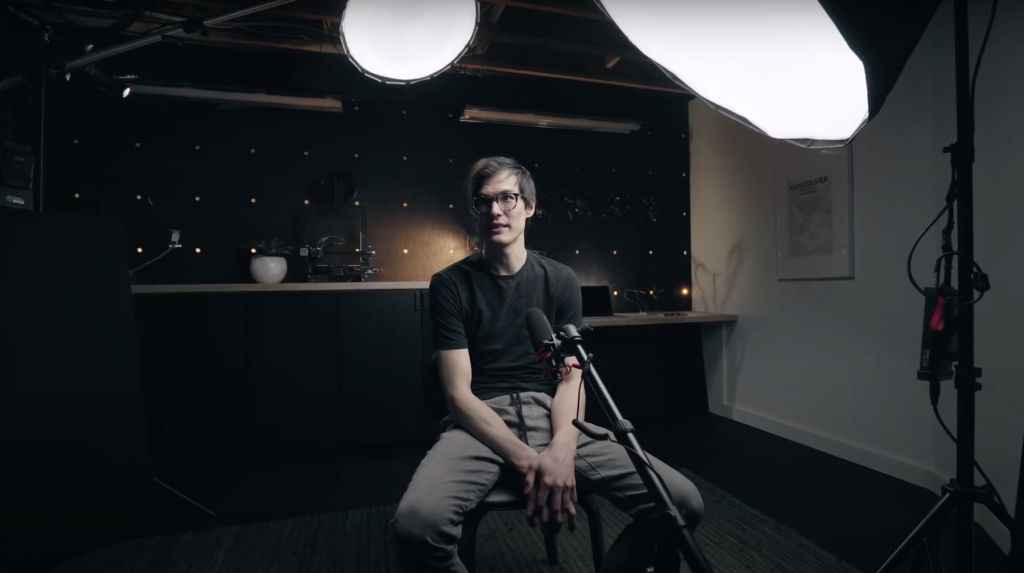
We lived two different stories in Vancouver, so we wanted our stories to be differentiated visually as well.
Becki: Our main light is the Aputure 120D with a giant Neewer softbox. In the background, we have the Godox SL-200W. We’ve got the Aputure M9 that’s just kinda spilling a little bit of light onto that plant. And we’ve done some sound treatment so we’ve got some sound blankets all the way around with some sound panels around the perimeter of the mic and the camera.
This process of shooting an interview and telling a story after the fact is really helpful if your shoot is unpredictable. Doing a debrief interview style at the end to tell that entire story can really help pull your video together.
The Animation
Chris: There were some events in the video that didn’t have actual b-roll. Like how do you express somebody getting a job offer or losing a job, without actually saying “I got a job!” or “I lost my job!”?
We figured it’d be an opportunity for us to break up the style a little bit and add some titles or some motion graphics and animations, and that was just an alternative to using b-roll.
The Final Edit
Becki: We had all the pieces to the puzzle so now it was just a matter of putting together those sequences and making sure that the scenes flowed from one scene to the other and that the pacing was right throughout the video.
Chris: Then of course the color correction and the color grading – we wanted to make everything look visually cohesive. Differences in coloring and in grading can actually invoke emotions unconsciously in the viewer, so that’s what we wanted to do. With the story, the edit decisions, the music track, and the grading, all that in combination is what creates that feeling so it’s just a small part of the puzzle.
Becki: That’s the entire process of making this film, from start to finish, and essentially this is the process that we use for every vlog, give or take some of the details.
The most important thing to really remember when you’re making videos is story is king.
You can have the most beautiful b-roll in the whole entire world, but if your video doesn’t have a story or doesn’t tell a story, or have some type of value, then nobody’s going to watch it.
Chris: To capture an audience and to capture the viewer, you have to have some sort of story that they get sucked into.
Becki: A lot of times in our vlogs we rely on comedic things that are happening to help bring the story along or to help tell a story. All it takes is one really simple idea and then just thinking through the beginning, the middle, the end and the takeaway and you can really make yourself a cool story.
Check out our first episode of YouTube Masters where we chat with Yes Theory on how to find success and build 5 million subscribers. Make sure that you subscribe to Musicbed’s YouTube channel if you are interested in watching more of YouTube Masters.















































































